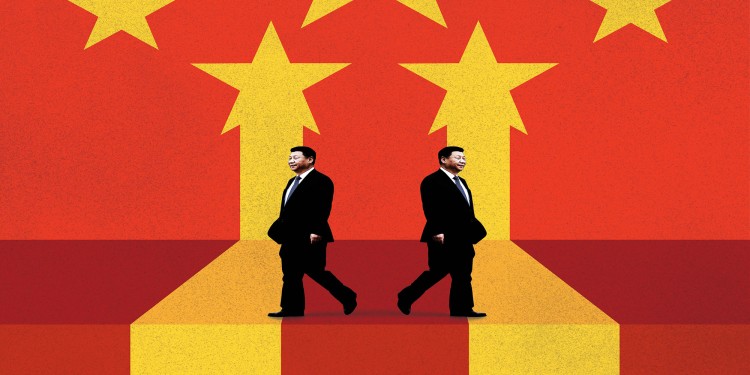Recently, a Sri Lankan political delegation travelled to Switzerland at the invitation of the Federal Department of Foreign Affairs (FDFA). Organized jointly by the Peace and Human Rights Division (PHRD) and the Embassy of Switzerland in Colombo, the trip aimed to provide participants with a firsthand understanding of Switzerland’s unique constitutional system. The delegation visited several Swiss cities, where they explored the country’s political framework. In Bern and Murten, they engaged in discussions on federalism, direct democracy, and inclusive approaches to linguistic and cultural diversity with Swiss lawmakers as well as representatives from federal, cantonal, and communal authorities. Tamil political leadership was represented by Members of Parliament Gajendrakumar Ponnambalam and Dr. Sathiyalingam, along with Suresh Premachandran, leader of the Eelam People’s Revolutionary Liberation Front. According to Tamil media reports, the Swiss Ambassador to Sri Lanka, Dr. Siri Walt, also recently briefed M.A. Sumanthiran, General Secretary of the Ilankai Tamil Arasu Kachchi (ITAK), on the program held from September 14 to 21.
During this meeting, the Ambassador also mentioned that representatives of the National People’s Power who participated in the Swiss trip expressed their willingness to engage with the Tamil parties in seeking a solution to the national ethnic question based on the federal system. Representing the NPP were Minister Dr. Upali Pannilake, Secretary Nihal Abeyasinghe, Deputy Minister Munipar Mulappar, Members of Parliament Chandima Hettiarachchi, Nilanthi Kotagachchi, Samanmalli Gunasinghe, and Jaffna District Member Kabilan Sundaramoorthy.
When I first heard about the Swiss Embassy’s initiative, I remembered something the late R. Sampanthan once told me many years ago. After the LTTE’s defeat, Sampanthan became the sole figurehead of Tamil political leadership.
Back in 1996, after my second attempt at the Advanced Level exams, my mother and I visited Sampanthan Iya’s home—he was then the Member of Parliament for Trincomalee District—hoping he could help us secure a government job. She explained our circumstances to him. At the time, as was common knowledge, an MP’s support was considered essential for getting such a position. But Sampanthan’s answer is still vivid in my memory: “Thangachi (sister), I don’t get involved in these kinds of small matters. Right now, we’re studying the Swiss constitution. Our main goal is to secure a political solution for Tamil people. Leave his résumé here, let’s see.” Ironically, at that time, neither my mother nor I even knew there was a country called Switzerland.
If, after three decades and so many events in Sri Lanka, the West still feels compelled to educate Sri Lanka’s politicians about federalism through the Swiss model, should we just pass this off as a joke, or consider it the fate of Sri Lanka’s politics?
As the old Tamil saying goes, “When you have butter, why seek ghee?” The current initiative by the Swiss embassy appears to be a fitting example of this proverb. According to the FDFA, Switzerland has supported Sri Lanka’s efforts toward peace, decentralization, and good governance for more than two decades. But what is the success story in reconciliation so far? Any student of Sri Lanka’s ethnic political history knows that the issue isn’t about knowledge of federalism, because those who oppose federalism do so with full knowledge of its implications. In 1957, Tamil leader S.J.V. Chelvanayagam entered talks with S.W.R.D. Bandaranaike, who outright rejected federalism—even though it was Bandaranaike himself who had deemed the system best suited for Sri Lanka back in 1926.
Are Western diplomats unaware of these historical realities, or do they simply engage in token gestures to signal their involvement in Sri Lanka?
The peace process from 1997 to 2009—Norway’s efforts in Sri Lanka—offers a lesson in the limits of foreign intervention. Erik Solheim, Norway’s chief negotiator, would routinely visit New Delhi after visiting Colombo. As documented in “To End A Civil War: Norway’s Peace Engagement in Sri Lanka,” Solheim describes a meeting with Jaswant Singh, then BJP leader and India’s External Affairs Minister:
“He was pleasant, nice, and kind. I felt we’d obviously passed the test. Then he said, ‘I have just one question: are you a patient?’ I admitted Norwegians are not patient; we want to solve this conflict fast. Singh’s response was blunt:
‘If that’s the case, take the fastest taxi to the airport, get on a plane, make certain you have a one-way ticket, go back to Europe, and stay there. Because if you think this conflict can be solved rapidly you will just complicate matters. Only if you take a long-term historical perspective—if you think you can spend ten years on it, and even then it will be very difficult—then perhaps you can make a contribution.’”
Solheim later admitted Singh was right. This episode underscores a key reality: interventions by third parties always face setbacks or outright failure when strong regional powers are skeptical of such involvement in their own region. As Solheim recognized, “there was no way we could achieve anything without India.
Against this backdrop, if there is genuine concern for the national question, perhaps the most pragmatic first step is to demand full implementation of Sri Lanka’s existing constitution. If repeated attempts at a comprehensive political solution have failed, does it make sense to keep chasing elusive reforms, or is it better to move forward with what is already legally enshrined?




